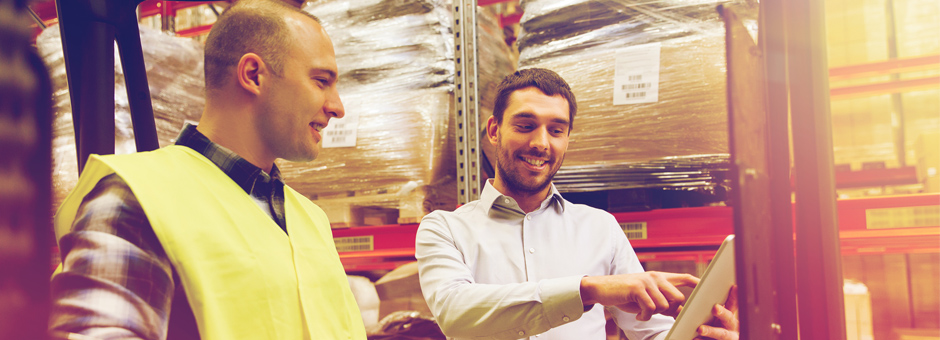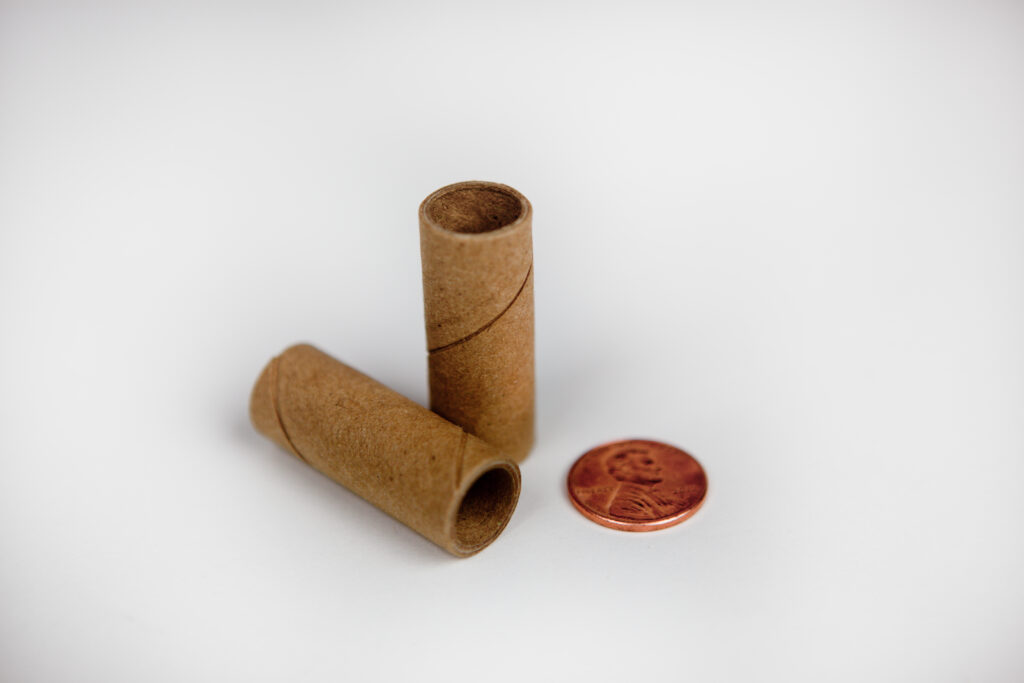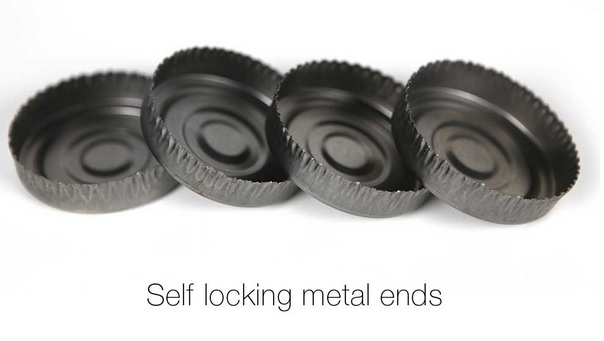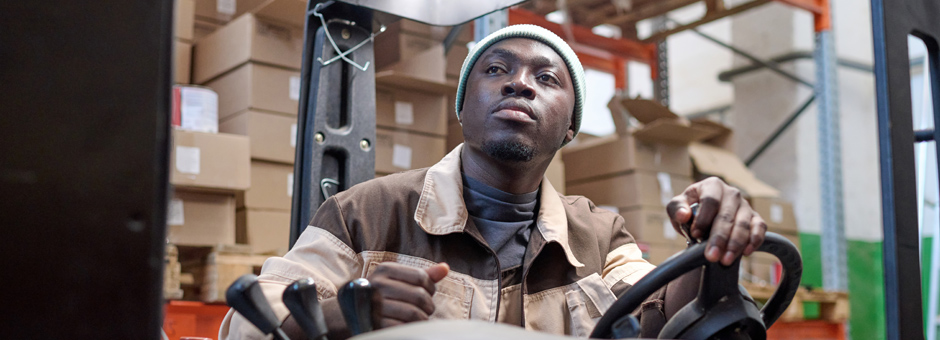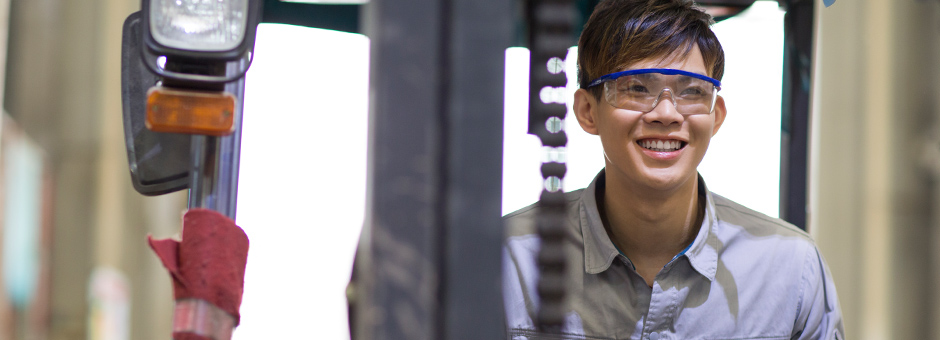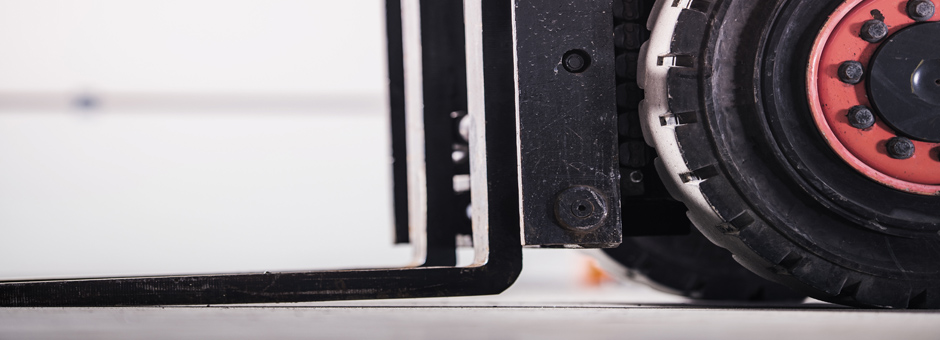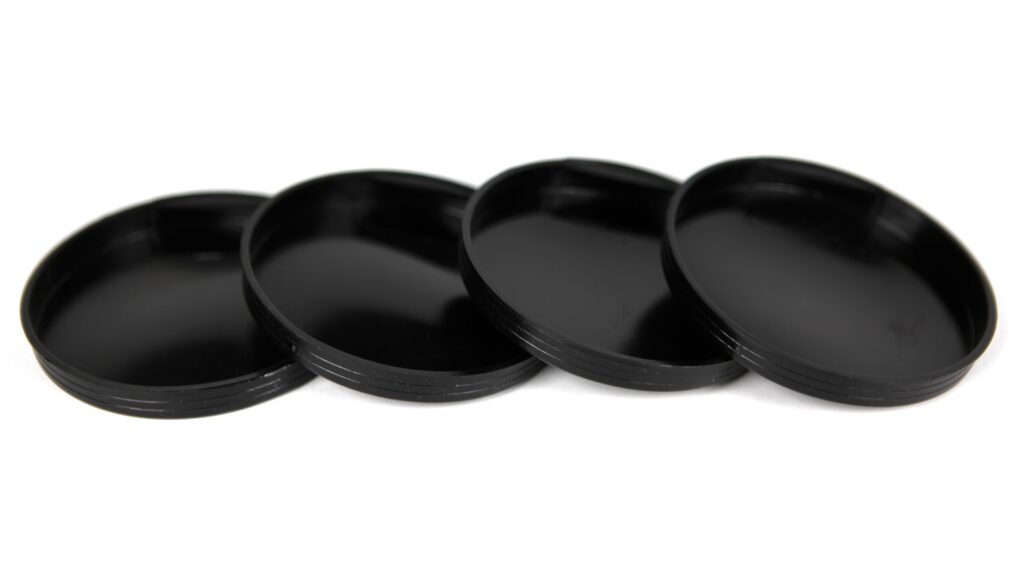We’re looking forward to another prosperous year, and we hope you are as well.
This year we’re excited to announce that we’ll be celebrating our 75th year in business. George Hibard Sr. founded Spiral Paper Tube & Core after he served as a US Marine Corps in World War II.
Each year, we strive to build upon our previous successes and make improvements where needed. Our goal is to continue to provide a high quality product, made here in Los Angeles, to help solve our customer’s challenges and problems.
If there’s anything we can do to support you and your business, please do not hesitate to reach out. We are here to serve.

